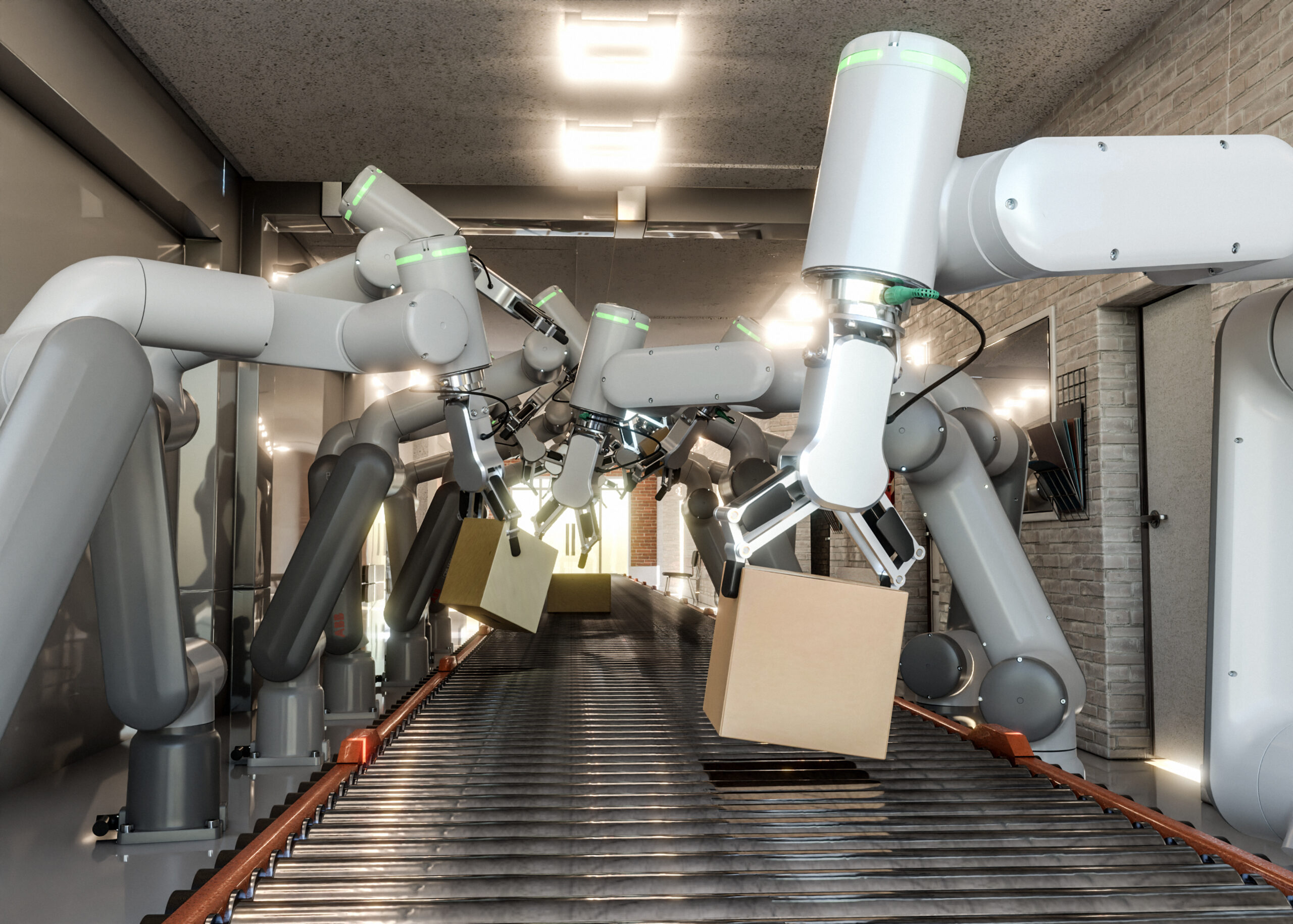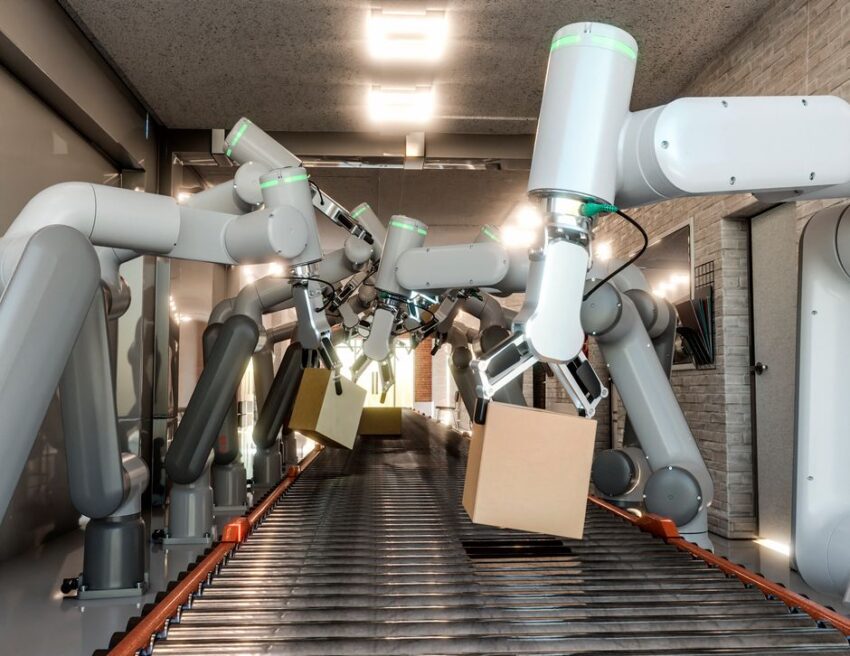
One of the steadily advancing trends that is majorly impacting the transportation and logistics Industry is the application of AI and robotics in several aspects of this industry.The change that robotics is bringing with it is massive and the consequences are positive for those players who have the resources and technology to implement it in the most productive way. Robotics is helping the supply chain sector automate several tasks like organization, transportation, warehousing and inventory management, and delivery.
According to a recent report, the global logistics robot market will grow to $21,01 billion in the next 7 years, at a CAGR of 16.7%.
Keep reading this blog to find out about the top logistics robots that will make waves in the transportation and logistics Industry in 2023.
Top roles of robots in the transportation and logistics sector
As per a report by Statista, the logistics industry bought 158,000 logistics robots in 2021, and in 2023, this number is expected to grow to 250,000.
Let us now take a look at the several types of robots that are all set to transform this sector for good.
-
Robots for the warehouse
The warehousing industry consists of several repetitive operations that are process-oriented and prone to human errors. Automation in this sector can make tasks like picking, packing, putting away, receiving, etc. simpler, more accurate, and more productive by eliminating the human element.The robots relieve the warehouse workers from the most boring and repetitive tasks and thereby boost employee retention rate and operational productivity.
They enormously help in the movement of heavy items within the warehouses and reduce the dependency on the human workforce. Presently, there are several warehouse robots in the market including automated guided vehicles, automated storage and retrieval systems, goods-to-persons robots. All of these robots make the warehousing process faster, more organized, and free of errors. The warehouse robots can pick up and move the items, close and seal boxes and help with the process of inventory. Of all the robots in the transportation and logistics sector, these robots are the most widely used to date.
-
Automation with self-driving trucks
Self-driving trucks are regular trucks that are operated by AI and machine learning technology. The quick advances in the research and development of self-driving trucks have been in focus throughout the last three years as the pandemic renewed the importance of autonomous trucks that can ply the road without the presence of a driver. Moreover, the logistics trends last year had shown massive investments in e-commerce fulfillment technologies and the rollout of autonomous trucks. The use of self-driving trucks will greatly reduce operational costs, and fuel consumption and provide an increased profit margin. In several states of the USA, companies are making use of autonomous trucks to deliver cargo to their designated destinations.
The primary benefit of autonomous trucks is that they are not dependent on the presence of a driver to take them from point A to point B. Therefore, they can immensely benefit the road freight industry that had to contend with the problem of driver shortage in the last two years. Autonomous trucks will undoubtedly empower the road freight sector by eliminating the need for human drivers and help to avert supply chain crises because of the driver shortage.
-
Robotic air vehicles or drones
The arrival of drones has created quite a buzz in the international transportation and logistics industry. Transport drones that have already forayed into the logistics industry will quickly become an integral part of the modern logistics sector. The drone economy continues to expand and is here to stay for a long time. Logistics companies are presently using drones for quick deliveries of small packages and parcels. Moreover, the e-commerce boom has paved the way for the use of drones in logistics. E-commerce giants like Amazon are providing their customers with same-day delivery services while other companies are trying their best to provide similar services. However, the biggest commercial application of drones is in the field of last-mile delivery. Drones require considerably less manpower which helps to reduce the long-term expenses of the companies.
We even have heavy-duty drones that are capable of moving inventory between warehouses. Transport drones can soon play a major role in the ocean freight sector. They can help to simplify the inspection and review process in the sea freight shipping industry. Drones can even help monitor the loading and unloading of cargo and add value to several port operations. This is a very important factor that will highlight the role of drones in the transportation and logistics industry.
Wrapping up
The use of robotics, AI, and machine learning in logistics has started to materialize and will soon generate tremendous economic growth in the coming years.
Therefore, in the face of these changes, it has become imperative for the transportation and logistics sector to adapt to the future by implementing digitization, and training their workforce to cope with the digital changes.


